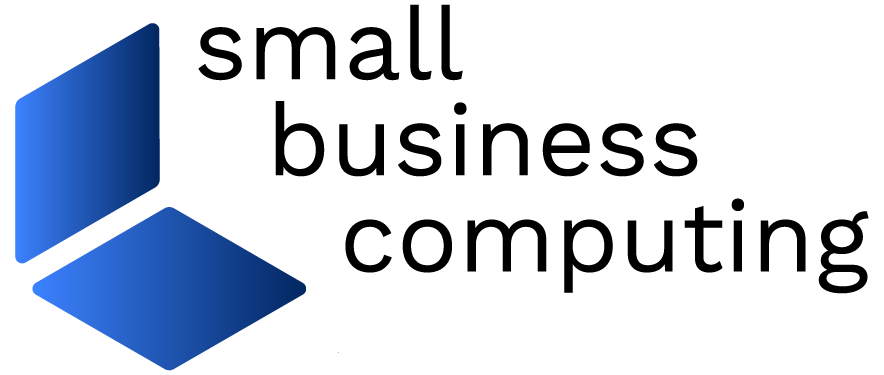by Genie Tyburski
SearchEngineWatch.com
Why do people fall prey to bad information on the Internet? Here’s a four-step process for assessing information quality (I.Q.) at Web sites that helps you easily distinguish the gold from the garbage.
Bad information thrives on the Internet. False rumors spread like wildfire giving rise to at least one popular Web site that seeks to counter these “urban legends.” Stock scams occur with such frequency that the Securities and Exchange Commission (SEC) recently launched its own bogus Web site in an attempt to educate investors about propaganda. Deceptive advertising, inaccurate accounts, parodies, barefaced lies, exaggerated statistics, yarns, and fake press releases leave a trail of fraud victims or bamboozled visitors in their wake.
How do people fall prey to bad information? Shouldn’t it appear flawed or suspicious?
Unfortunately, no special characteristic surfaces to alert the public to phony, misleading, or false information. Skepticism and education offer the best defense, but in a world where people read to learn, many naturally believe what they read. How, then, can you avoid relying on bad information?
Recognizing the basic differences between publishing on the Web and publishing in print may help you understand the need for caution. Anyone may construct a Web site, and with few legal restrictions, write anything regardless of expertise, accuracy, or bias. In the print world, authors can publish their own books, pamphlets, studies, etc. at their own expense, but self-published materials generally reach a limited audience. The Web and other Internet technologies, on the other hand, facilitate distribution of self-published works, while significantly reducing the cost of production.
When accessing the Web for educational or research purposes, understanding that it presents an environment far removed from traditional instructional settings, like libraries or schools, may also help you avoid junk information. No inherent controls exist on the Internet. Again with few legal exceptions, no one makes decisions about the materials that should be available. One link, in theory, opens the door to all information – good or bad.
Skepticism and education prepare you to question what you read. A few evaluative skills may help you decide once and for all whether to rely on it.
Here’s a process for assessing information quality (I.Q.) at Web sites. It involves identifying the source or sources of information, learning about their expertise (or lack thereof), discovering the date of the writing, and verifying the facts presented.
While essential for those who will base business, health, or other important decisions on what they read, this evaluative process requires patience and time. Another relatively simple technique – identifying the domain — takes just a few minutes and may immediately expose bogus information.
A domain name precedes the first single slash in an address; or if no single slash appears, it comes at the end of an address. It ends with a top-level domain name like .com, .org., or .gov, or a country code like .us, .ca, or .uk, and begins with the group of characters immediately preceding the top-level domain (e.g., abc.com is the domain in the address www.abc.com. abc.co.uk is the domain in the address www.abc.co.uk.).
This critical component identifies the domain owner, which usually – but not always – reveals the Web site owner. You should consider the Web site owner to be the publisher or sponsor of the information. In “Assessing the Quality of Information at a Web Site,” I explain how to discover the owner of a domain name.
If the owner of the domain in question is a Web host (e.g., Yahoo owns geocities.com.), comb the pages of the Web site for clues regarding site ownership. If the Web site neglects to tell you who owns it, move on. Do not rely on the information it provides.
Once you have an owner name, ask yourself whether it makes sense. Are you reading a Bloomberg company report? Is Bloomberg the owner of the domain?
In a bond scheme early last year, victims invested in non-existent bonds based on information appearing at Web sites made to look like the official Euroclear Web site. But the Web addresses — www.euroclear30.50megs.com and www.bloomberg.50.com — should have alerted investors to the scam. Euroclear owns neither domain.
Because scoundrels can recreate the look and feel of a Web site with ease, or use a familiar name in a Web address, identifying the domain owner may protect you from fraud and other Internet crimes. But be warned: genuine information nonetheless may be of poor quality. If identifying the domain owner reveals that the information is authentic, you should still determine whether it is accurate, objective, and complete.
Urban Legend Reference Pages
McWhortle (SEC)
http://www.mcwhortle.com
Assessing the Quality of Information at a Web Site
http://www.virtualchase.com/howto/assess_quality.html
Genie Tyburski is Web Manager of The Virtual Chase, a service of the law firm Ballard Spahr Andrews & Ingersoll. She writes frequently about Internet research issues.

